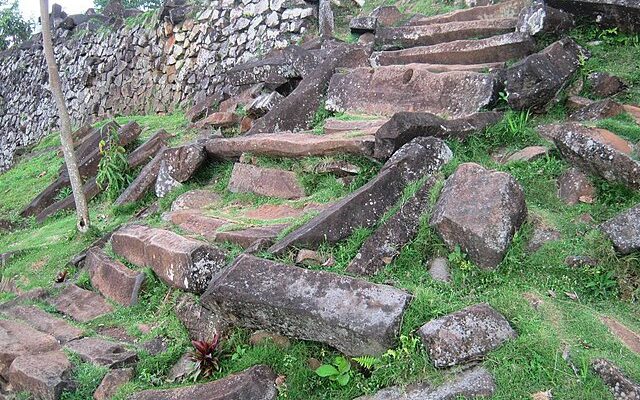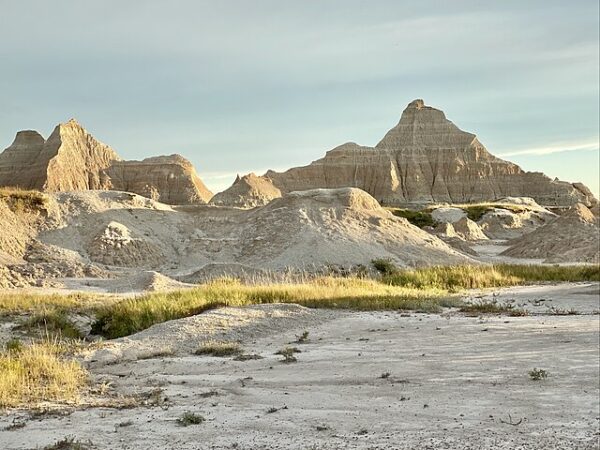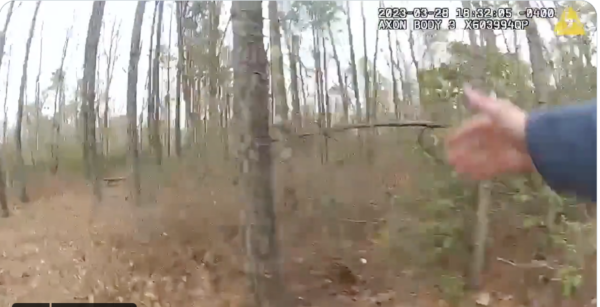
The Djoser Pyramid, also known as the Step Pyramid, is one of the most iconic and historically significant structures in Egypt. Built during the 27th century BCE for Pharaoh Djoser by the renowned architect Imhotep, it represents a pivotal moment in the evolution of Egyptian architecture. The pyramid is located in the Saqqara necropolis, near Memphis, and is considered the earliest colossal stone building and the first pyramid ever constructed.
Now, that’s being challenged by a remarkable paper about a find in Indonesia that has caused controversy in the world of ancient archeology.
The paper, published in the journal Archaeological Prospection on 20 October, garnered headlines around the world. Its central claim is that a pyramid lying beneath the prehistoric site of Gunung Padang in West Java, Indonesia, might have been constructed as far back as 27,000 years ago, writes Nature.
That would make it much older than the first colossal Egyptian pyramid, the 4,600-year-old Pyramid of Djoser. It would also mean that it pre-dates the oldest known megalithic site, Göbekli Tepe in Turkey, which was built by stone-masons around 11,000 years ago. And it would completely rewrite what is known about human civilization in the area. “The pyramid has become a symbol of advanced civilization,” says paper co-author Danny Hilman Natawidjaja, a geologist at the National Research and Innovation Agency (BRIN) in Bandung, Indonesia. “It’s not easy to build pyramids. You need high masonry skills,” he says.
It’s exactly such claims that have left many fellow researchers cold. Lutfi Yondri, an archaeologist at BRIN, says his work has shown that people in the region inhabited caves between 12,000 and 6,000 years ago, long after the pyramid was supposedly built, and no excavations from this period have revealed evidence of sophisticated stonemasonry.
“I’m surprised [the paper] was published as is,” says Flint Dibble, an archaeologist at Cardiff University, UK. Although the paper presents “legitimate data”, he says, its conclusions about the site and its age are not justified.
Gunung Padang is an archaeological site located in West Java, Indonesia, renowned for its enigmatic megalithic structure and the ongoing debates surrounding its age and significance. Often referred to as the Gunung Padang Megalithic Site, it consists of a series of terraces and massive stone arrangements on the slope of Mount Padang.
Initially thought to be a natural hill, subsequent research revealed a complex layering of stone structures beneath the surface, challenging the conventional understanding of ancient civilizations in the region. While the exact age of Gunung Padang remains a subject of scholarly discussion, some researchers propose that it could be much older than initially assumed, with theories suggesting its origin dates back thousands of years.
The controversial paper’s authors, writes Popular Mechanics, say that they have “compelling evidence of a complex and sophisticated megalithic site.”
Deploying seismic tomography, the researchers believe that hidden cavities or chambers exist below the surface, showing the “presence of multi-layer constructions.”
“These findings offer valuable insights into the construction history of Gunung Padang,” the authors continued, “shedding light on the engineering capabilities of ancient civilizations during the Paleolithic era.”
The magazine notes that “if underneath the soil lies human-built caverns and rooms, it would offer up not only the oldest known pyramid by thousands of years, but also the oldest known use of stone masonry. This would completely undo previous beliefs surrounding civilization advancement in the Paleolithic era.”
Hopefully, the controversy will spur more investigation into Ganung Padang, and one day, the world will finally know the truth.










New found pyramid places it in the timeline of the anchient Indian culture with theyre then advanced tech I read
Yes E Indian BC cullture